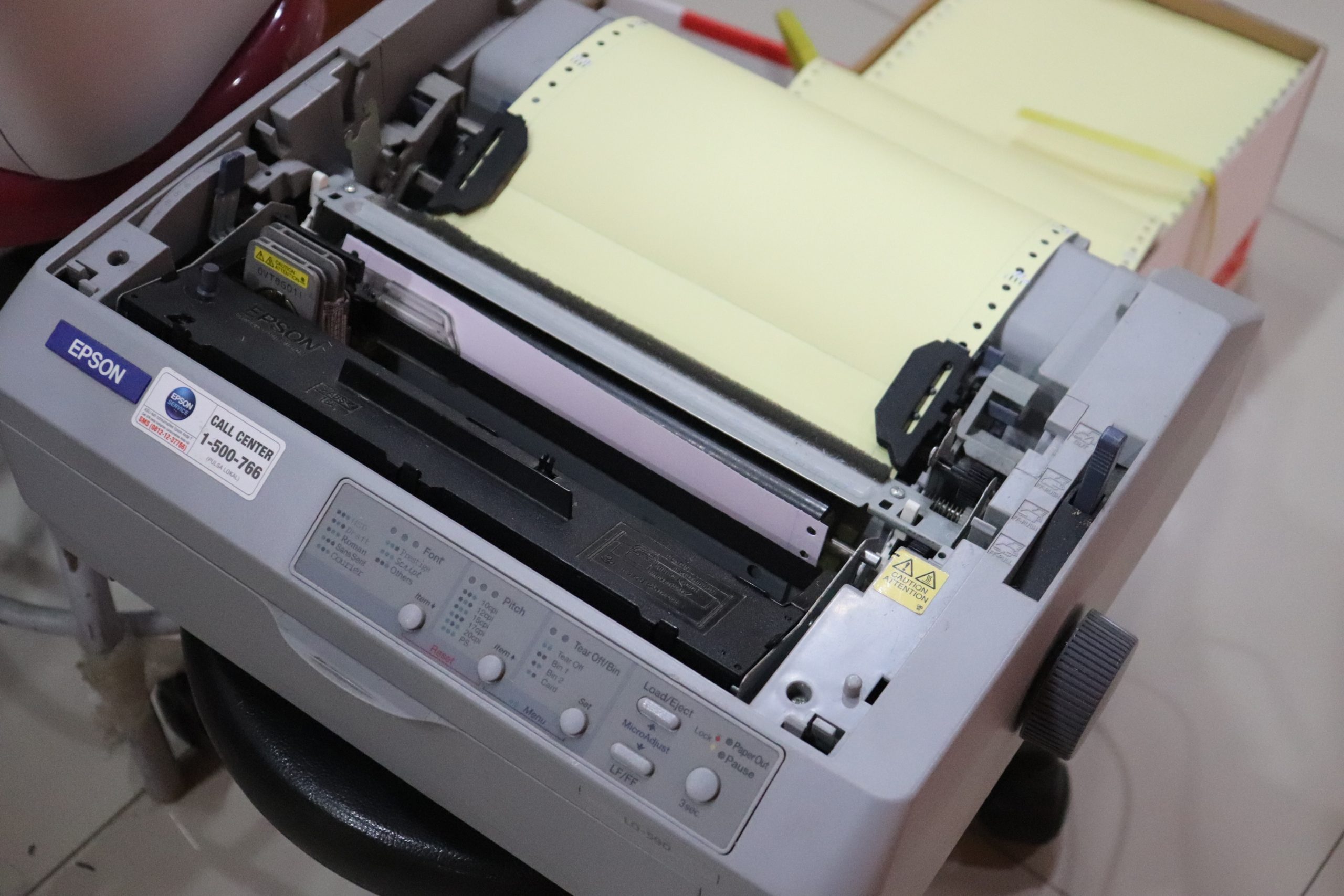Introduction
Materials And Printing- In today’s competitive market, Materials and Printing is a well-designed label plays a crucial role in capturing consumer attention and differentiating your brand from the rest. Whether you’re launching a new product or looking to revamp your existing packaging, Materials and Printing understanding the fundamentals of label design, materials, and printing techniques is essential.
Effective label design goes beyond aesthetics; it conveys important information about your product, evokes emotions, and establishes a connection with your target audience. In this guide, we will explore various aspects of label design to help you create compelling and visually appealing labels that leave a lasting impression.
One of the key considerations in label design is the choice of materials. The material you select should align with your product’s characteristics and convey the right message. We’ll delve into different material options such as paper, vinyl, and specialty substrates, discussing their pros, cons, and ideal applications.
Printing techniques also play a significant role in label design. We’ll cover popular methods like flexographic printing, digital printing, and screen printing, explaining their unique features, advantages, and limitations.
What are the key considerations when choosing label materials?
Firstly, it’s important to assess the durability requirements of your labels. Will your product be exposed to moisture, extreme temperatures, or other environmental factors? If so, selecting materials with water-resistant properties or resistance to fading and smudging becomes crucial.
Secondly, the visual impact of your labels should be taken into account. Consider the desired aesthetic appeal and how it aligns with your brand identity. For a sleek and professional look, options like glossy or metallic finishes might be suitable. On the other hand, if you aim for a rustic or eco-friendly image, materials with a natural texture or recycled content could be a better choice.
Another aspect to consider is the label’s application method. Some materials work well with manual application, while others are better suited for machine application. Understanding the compatibility between the material and the application process is essential to ensure a smooth and efficient labeling process.
Cost is also an important consideration. Different label materials vary in price, and it’s important to strike a balance between quality and affordability. Assess your budget and weigh the long-term benefits against the upfront costs to make an informed decision.

How do different printing techniques impact label design and quality?
Different printing techniques have a significant impact on label design and quality, influencing the visual appeal, durability, and production efficiency of your labels. Flexographic printing, commonly used for large-scale production, offers excellent versatility and cost-effectiveness. It allows for a wide range of label materials and finishes, making it suitable for various applications. However, fine details and intricate designs may not be as precise with flexographic printing compared to other techniques.
Digital printing, on the other hand, offers exceptional flexibility and accuracy, especially for smaller print runs or personalized labels. It eliminates the need for plates, making it more cost-effective for short print jobs and reducing setup time. Digital printing also allows for vibrant colors, sharp images, and intricate details, making it ideal for intricate label designs and product variations.
Screen printing, while less common for label printing, excels in providing durability and opacity. It can produce vibrant colors and special effects such as embossing or raised textures. However, screen printing is better suited for solid colors and larger print areas, as fine details may not be as crisp.
Each printing technique has its own advantages and limitations, and understanding these impacts is crucial for achieving the desired label quality and design. It’s important to consider factors such as the complexity of your design, print volume, budget, Materials and Printing and turnaround time when selecting a printing technique.
What are the advantages and disadvantages of paper labels in materials and printing?
Paper labels offer several advantages and disadvantages that should be considered when selecting them for your product packaging. One of the primary advantages of paper labels is their versatility. They can be easily printed on using a variety of printing techniques, including flexographic, digital, and offset printing. Paper labels also tend to be more cost-effective compared to other materials, making them a popular choice, especially for small businesses or budget-conscious projects.
Another advantage of paper labels is their eco-friendliness. Many paper labels are made from renewable resources and can be recycled, aligning with sustainable packaging practices. Additionally, paper labels can provide a natural and organic look, which can be appealing for products with an eco-friendly or handmade image.
One major drawback of paper labels is their susceptibility to damage from moisture or liquids. Unlike synthetic materials, paper labels can easily absorb liquids, leading to smudging or distortion of the design. This makes them less suitable for products that may encounter wet or humid environments.

Which specialty substrates are ideal for unique product packaging?
When it comes to unique product packaging, specialty substrates offer an array of options to enhance the visual appeal and create a memorable experience for consumers. One popular choice is metallic substrates, which provide a luxurious and eye-catching effect. With their reflective surface, metallic substrates add a touch of elegance and sophistication to packaging, making them ideal for premium or high-end products.
These substrates offer tactile sensations, adding a unique and engaging element to the packaging. Whether it’s a smooth matte texture, a linen-like finish, or a raised embossed pattern, textured substrates can evoke a sense of luxury, craftsmanship, or even evoke a specific theme or mood.
Translucent or transparent substrates are also great for creating a distinctive packaging design. These substrates allow for a glimpse of the product inside, teasing consumers’ curiosity and creating an intriguing visual effect. Transparent labels can be particularly effective for showcasing the product itself, especially when combined with creative design elements.
For products with an eco-friendly or organic image, specialty substrates made from recycled or sustainable materials can be an ideal choice. These substrates convey a commitment to environmental responsibility and can resonate with consumers who prioritize sustainability.
How can typography enhance the effectiveness of label design in materials and printing ?
Typography plays a crucial role in enhancing the effectiveness of label design by conveying information, evoking emotions, and establishing brand identity. The choice of fonts, sizes, and styles can significantly impact how consumers perceive and engage with your product. First and foremost, legibility is paramount. Selecting a font that is clear and easily readable ensures that important product information, such as product names, ingredients, or instructions, can be quickly absorbed by consumers.
For instance, a bold and modern font might be ideal for a cutting-edge tech product, while a vintage-style font can evoke a sense of nostalgia or craftsmanship. Consistency in typography across your brand’s product line helps establish a recognizable and cohesive visual identity. Moreover, typography can be used strategically to highlight key elements on the label, such as slogans, promotions, or call-to-action phrases.
Using varying font sizes, weights, or colors can draw attention to these important messages and create visual hierarchy. Lastly, typography can evoke emotions and establish a connection with your target audience. Certain fonts carry inherent connotations. For example, elegant and flowing scripts might evoke a sense of luxury, while clean and minimal sans-serif fonts can convey a modern and sleek aesthetic. By carefully selecting and implementing typography, label design can effectively communicate the brand’s essence, capture attention, and resonate with consumers on an emotional level.

What role does color selection play in creating visually appealing labels?
Color selection plays a crucial role in creating visually appealing labels. When it comes to labels, color has the power to capture attention, convey meaning, and evoke emotions. The right color choices can significantly impact how consumers perceive a product and its associated brand. First and foremost, color attracts attention and helps labels stand out on crowded shelves or in a sea of products. Bright, bold colors can catch the eye and draw customers in, increasing the likelihood of them picking up the item.
For example, green is often associated with nature and health, making it a popular choice for organic or environmentally friendly products. In contrast, red can symbolize energy, passion, or urgency, making it suitable for products that aim to create a sense of excitement or desire. Moreover, color can evoke emotional responses and create a connection with consumers.
Warm colors like red, orange, and yellow can create a feeling of warmth, energy, and enthusiasm, while cool colors like blue and green can evoke a sense of calmness, trust, and reliability. By carefully selecting colors that align with the product’s attributes and the target audience’s preferences, labels can effectively communicate the brand’s values and appeal to consumers on an emotional level.
By harnessing the psychological impact of colors, Materials and Printing companies can create visually appealing labels that enhance brand recognition, capture attention, and ultimately drive consumer engagement and sales.
How can imagery be used strategically on product labels in materials and printing?
Imagery can be strategically utilized on product labels to enhance their effectiveness and appeal to consumers. By incorporating carefully selected visuals, product labels can convey information, create an emotional connection, and differentiate themselves in the market. First and foremost, imagery can be used to visually represent the product itself. For example, if a label depicts a juicy slice of watermelon, it immediately communicates to the consumer that the product is a watermelon-flavored drink.
This helps customers quickly identify the product and understand its core attributes. Additionally, imagery can evoke emotions and create a desired perception of the product. By featuring images that align with the brand’s values or target audience’s aspirations, labels can elicit specific feelings or associations. For instance, a label showcasing a serene beach scene may evoke a sense of relaxation and escapism, making it appealing to those seeking a refreshing beverage.
Unique and eye-catching visuals can help a product stand out on the shelves, catching the consumer’s attention amidst a sea of competing options. This can be achieved through distinctive graphics, creative illustrations, or striking photography. By employing imagery strategically, Materials and Printing product labels can effectively communicate their value proposition, engage consumers on an emotional level, and differentiate themselves from competitors.
The visuals should accurately represent the product and evoke the desired response to effectively capture the consumer’s attention and drive purchase decisions.

What are some best practices for incorporating branding elements into label design?
Incorporating branding elements into label design is essential for creating a cohesive and recognizable brand identity. Several best practices can guide the process and ensure that branding elements are effectively incorporated. First and foremost, consistency is key. The label design should align with the overall branding strategy, including the brand’s logo, color palette, typography, and visual style. Consistent use of these elements across all marketing materials, including labels, helps establish a strong brand presence and fosters brand recognition. Secondly, simplicity and clarity are crucial.
Labels should convey the brand’s message and product information in a clear and concise manner. Avoid cluttered designs and prioritize essential information, such as the product name, logo, and key features. Additionally, it is important to consider the target audience and design labels that resonate with them. Understanding their preferences and incorporating elements that appeal to their aesthetics and values can help create a stronger connection with the brand.
By establishing a clear hierarchy of information, with important elements prominently displayed, labels can guide the consumer’s attention and ensure that key branding elements are noticed. Lastly, quality and professionalism should be maintained throughout the design process. Labels should be well-crafted, utilizing high-resolution graphics and clean typography. Attention to detail, such as proper alignment, consistent spacing, and accurate color reproduction, contributes to the overall perception of the brand’s professionalism and quality.
By adhering to these best practices, brands can successfully incorporate their branding elements into label design, creating visually appealing and cohesive labels that reinforce their brand identity and resonate with consumers.
Conclusion
Designing labels for your product is a multifaceted process that requires careful consideration of materials, printing techniques, and design elements. By following the guidelines outlined in this guide, you can create labels that not only catch the eye but also effectively communicate your brand message and product information.
The choice of materials is crucial, as it impacts the durability, appearance, and overall quality of your labels. Understanding the pros and cons of different materials empowers you to make informed decisions that align with your product’s characteristics and target audience.
Printing techniques play a significant role in bringing your label design to life. Whether you opt for flexographic printing, digital printing, Materials and Printing or screen printing, each method has its own advantages and limitations. Selecting the most suitable technique ensures that your labels maintain visual consistency and meet your desired quality standards.
By combining knowledge of materials, printing techniques, and design principles, you can elevate your product packaging and differentiate your brand in a competitive market. So go ahead, apply what you’ve learned, and embark on the journey of designing labels that captivate customers, convey your brand’s essence, and ultimately drive success for your products.








